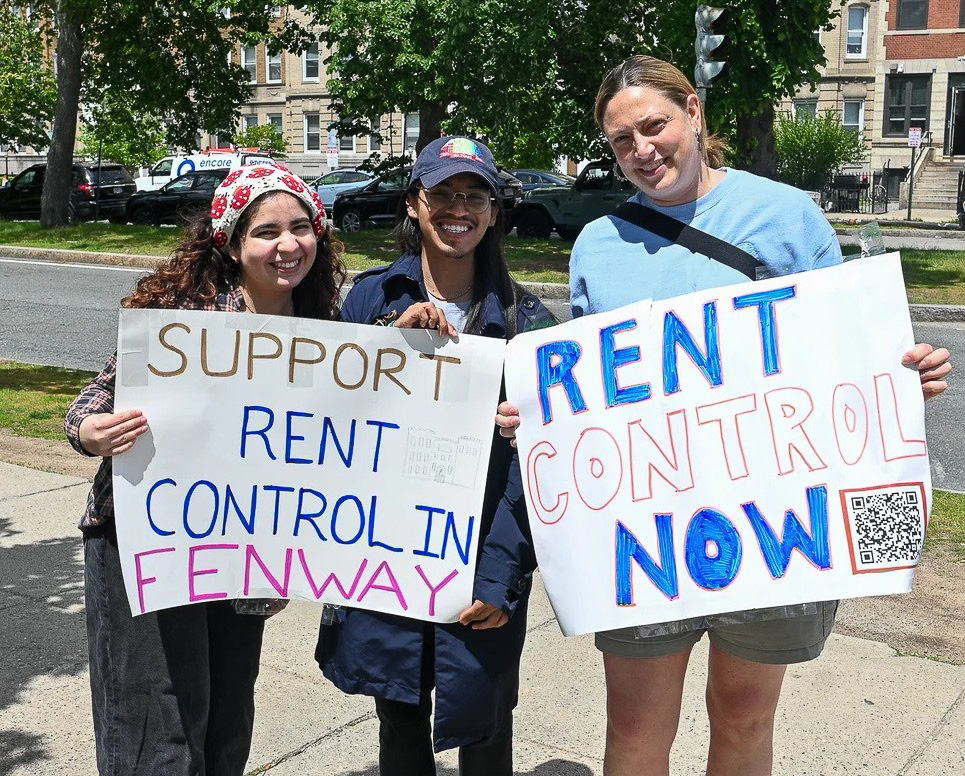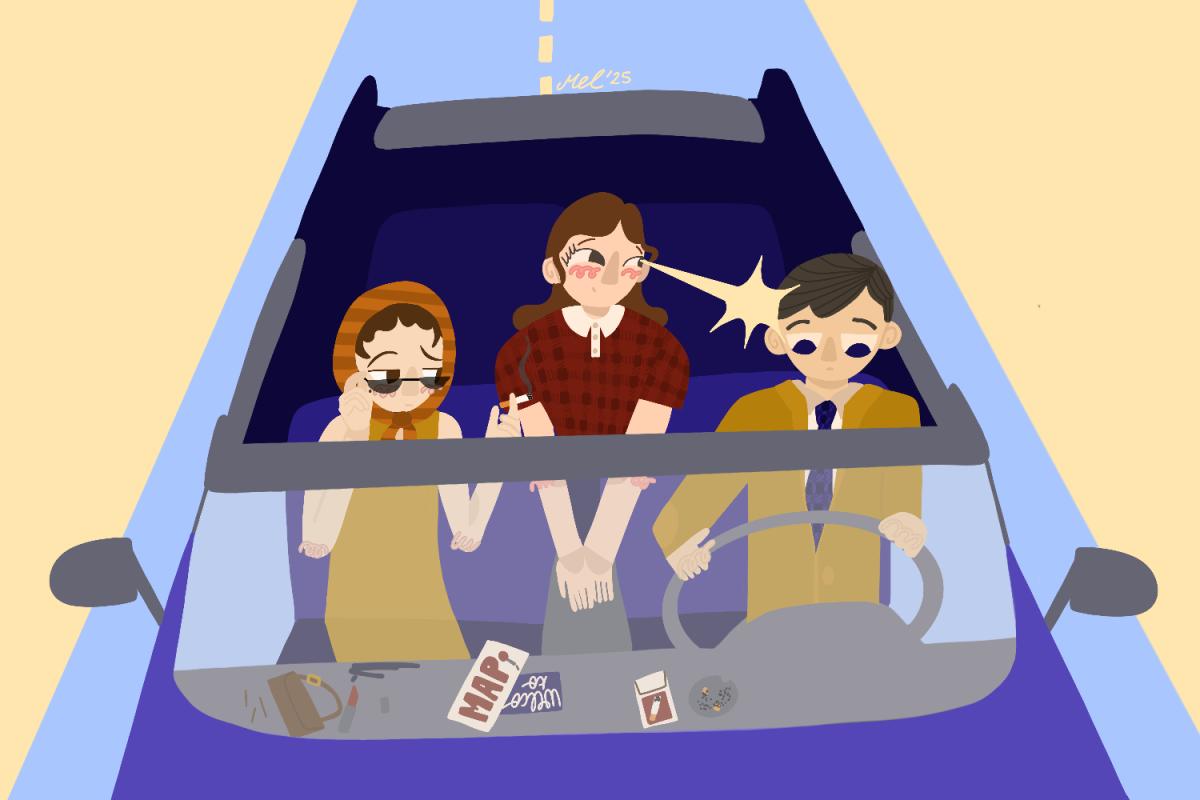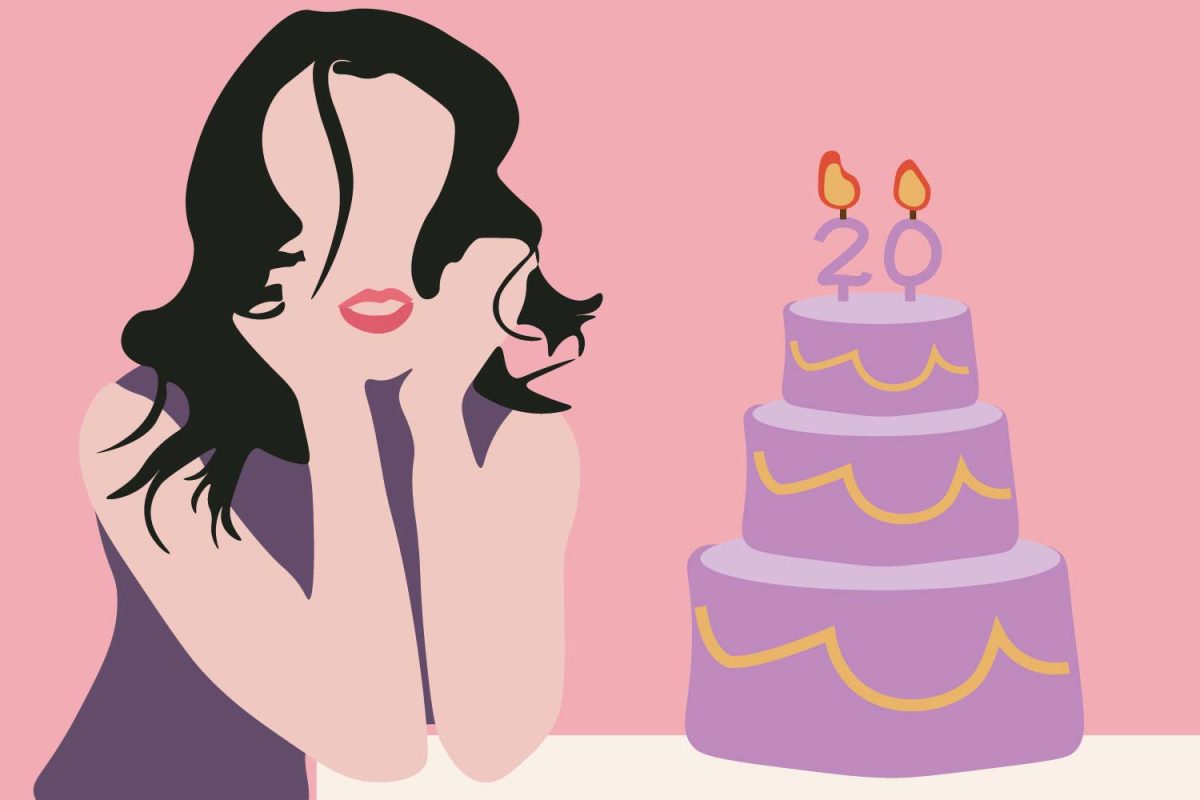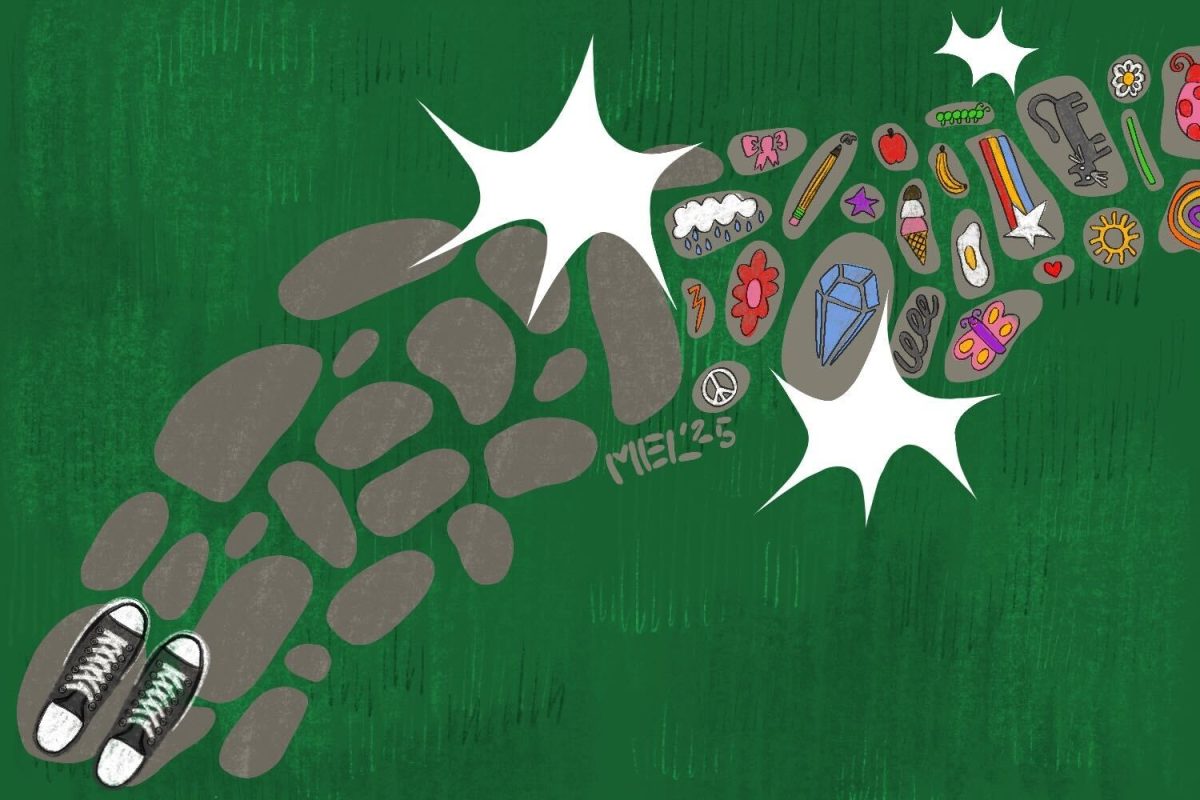Twitter’s like button is a way to express lukewarm support. It’s not a retweet, which will certainly show up on the timelines of your followers under your name, showing the world what you stand for. But it’s something that goes under a file on your account. It’s a quiet expression of approval.
Twitter’s telecommunications team tweeted that the company is rethinking its design in efforts to incentivize “healthy conversation,” indicating that it is possible it may remove its like button. One would think that to incentivize conversation, the company would provide more options for expression, not remove ones that already exist.
Twitter CEO Jack Dorsey said the move is intended to increase discourse. As of now, users necessarily won’t like something they disagree with, but they can retweet it and add a comment expressing their opposition.
The like button should be the least of Twitter’s worries right now. The company is known for sitting idly by — saying they cannot take action unless their guidelines are violated — while users complain of abusive language and threats from white supremacists and troll accounts.
The app has problems that should take precedence before changes to the like button are even considered. Long-standing criticism that Twitter fails to address violent content has been re-ignited after Cesar Sayoc, the man suspected of targeting Democrats with pipe bombs last week, had a Twitter account that he used to post threatening content. When Twitter user Rochelle Ritchie, also a former congressional press secretary, reported Sayoc. Twitter told her they didn’t find his account in violation of Twitter’s rules against abusive behavior.
Twitter users themselves shouldn’t be in charge of policing the platform. How will removing the like button fix the way Twitter’s platform fails to guard against hostile content? If Twitter can change anything, it can improve its surveillance. It can up its game in terms of catching potential threats before they turn into national tragedies.
The app’s team is working on a non-issue right now. Attention would be better directed toward enforcing guidelines on harmful content. And even if that weren’t the case, any Twitter user would be hard-pressed to find a benefit for necessitating retweets.
Yes, some political discourse is productive — people can share their thoughts on the Trump administration’s latest proposal and debating the pros and cons of propositions going into midterm elections. But the app really doesn’t need any more opinions. It’s already a mess of people arguing with others, and adding more voices isn’t necessarily positive.
And furthermore, a large segment of Twitter is also dedicated to people uploading pictures of their pets, posting memes and sharing personal news. This is where the value of the heart-shaped button comes in.
People who actually use Twitter know just how unlikely it is for this outcome to occur. Without the option to “like” a photo of a funny picture or cute cat, people aren’t going to retweet it and add discourse. They’re just going to decrease how much they engage with content.
Some users, perhaps most, simply don’t want to add to the debate. If anything would increase the “health” of the app, beyond cracking down on hate speech, it’s allowing for content that isn’t necessarily inflammatory. It’s providing a space for people who want a break from conflict.
Twitter doesn’t necessarily need to have a purpose beyond allowing users to share and show support for content they get an intrinsic enjoyment from. Debate can coexist alongside that, and there’s no need to take away the option for people to post and look at things that make them happy in a bid to rebrand.



















































































































